When it comes to tires, Bridgestone and Michelin are two brands known for their exceptional quality and innovation. In this article, we will delve into the similarities and differences between Bridgestone and Michelin tires to help you choose the right ones for your needs.
Performance and Safety
A. Traction and Grip
Bridgestone’s “Multi-Cell” technology utilizes microscopic pores in the tread to enhance grip on wet surfaces, reducing the risk of hydroplaning.
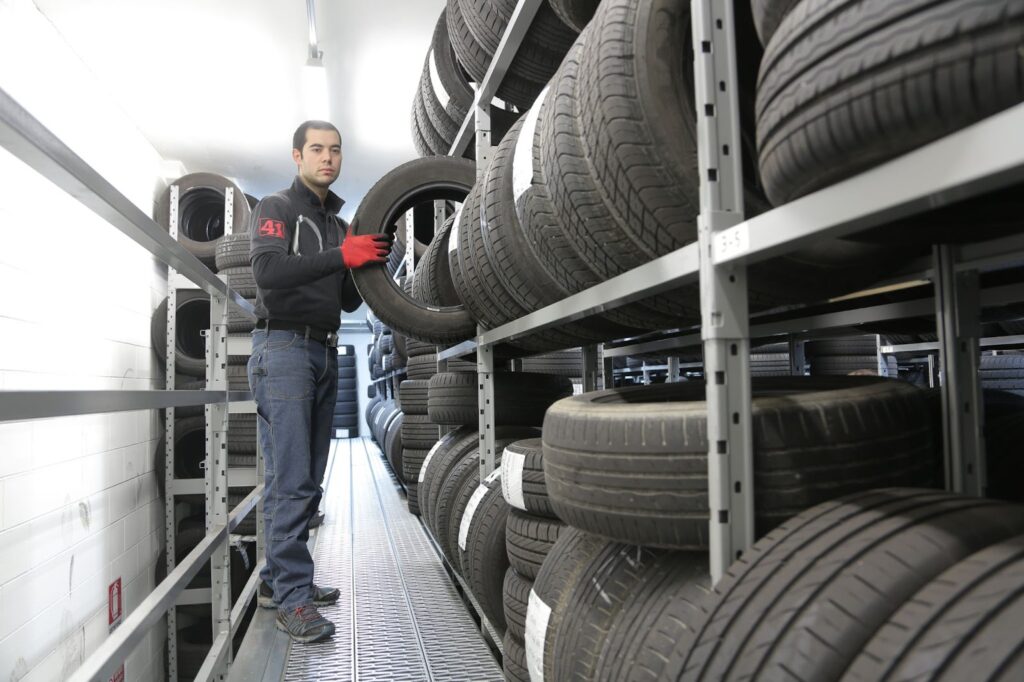
Michelin’s “EverGrip” technology features expanding rain grooves that widen as the tire wears, ensuring continuous traction throughout the tire’s lifespan.
- The pores act as channels, evacuating water from the contact patch and reducing the risk of hydroplaning.
- Bridgestone’s advanced tread compounds optimize the tire’s contact with the road surface, maximizing grip and performance.
- Expanding rain grooves in the tire widen as it wears down, maintaining a grip on wet and dry surfaces.
- Michelin’s high-quality rubber compounds are engineered for excellent grip in various road conditions.
- Both Bridgestone and Michelin prioritize safety and performance, allowing drivers to confidently navigate wet road surfaces without compromising control or traction.
B. Braking Distance
Bridgestone’s “NanoPro-Tech” compound improves braking performance and reduces stopping distances. Michelin’s “Helio+” compound, combined with optimized tread patterns, provides exceptional braking capabilities on both wet and dry roads.
- The advanced compound improves the tire’s contact with the road surface, allowing for more effective braking and shorter stopping distances.
- Bridgestone’s commitment to innovative tire technology ensures that their tires provide excellent braking capabilities in various driving conditions.
- The specialized compound and tread design work together to maximize traction and grip during braking, resulting in shorter stopping distances.
- Michelin’s focus on tire engineering and performance ensures that its tires offer reliable and consistent braking performance in diverse road conditions.
- Both Bridgestone and Michelin prioritize safety by developing tire technologies that improve braking capabilities, allowing drivers to have confidence and control when coming to a stop.
C. Handling and Stability
Bridgestone’s “Ultimate Network of Intelligent Tire Technology” (UNI-T) ensures precise steering response and improved road grip. Michelin’s “Dynamic Response” technology enhances tire stability, allowing for precise control and confident handling.
- The integration of various tire technologies within the UNI-T system enhances handling and stability, allowing for confident control on the road.
- Bridgestone’s tire construction, including tread compounds, carcass construction, and sidewall reinforcements, contributes to improved handling and stability.
- The technology incorporates hybrid aramid and nylon belts in the tire’s construction, optimizing tire stiffness for enhanced responsiveness and stability.
- Michelin’s tire engineering expertise ensures that their tires deliver exceptional handling and stability, allowing for confident driving experiences.
- Both Bridgestone and Michelin prioritize the development of tire technologies that enhance handling and stability, enabling drivers to navigate curves and corners with precision and control.
D. Wet and Dry Performance
Bridgestone’s “Blizzak” series excels in wet and snowy conditions, offering superior grip and reduced hydroplaning risk. Michelin’s “Pilot Sport” series delivers exceptional wet performance, providing reliable traction and handling even in heavy rain.
- The specialized tread patterns and unique compounds of the Blizzak tires effectively channel water away from the contact patch, ensuring reliable traction on wet surfaces.
- Bridgestone’s commitment to wet performance allows drivers to have increased confidence and control, even in challenging weather conditions.
- The innovative tread designs and specialized rubber compounds used in the Pilot Sport tires maximize grip on wet surfaces, ensuring safety and performance.
- Michelin’s tire engineering expertise ensures that their tires maintain optimal traction, allowing drivers to navigate wet roads with confidence.
- Both Bridgestone and Michelin prioritize the development of tire technologies that enhance wet performance, enabling drivers to have reliable traction and handling and promoting safety in wet driving conditions.
Durability and Longevity
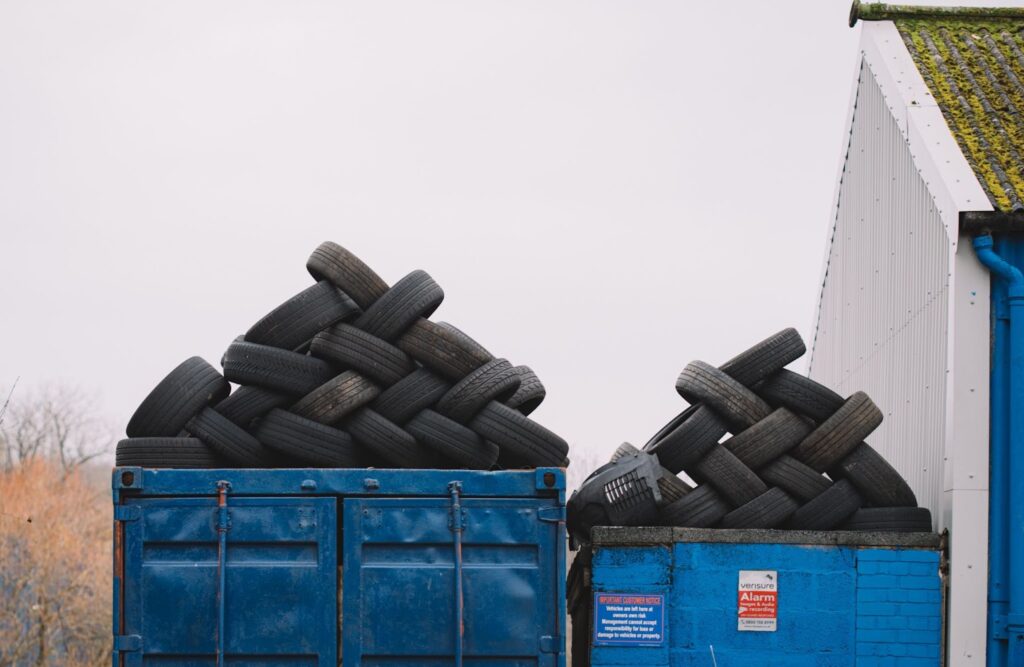
A. Tread Life
Bridgestone’s “Durability Plus” technology incorporates a unique tread compound engineered to resist wear, resulting in longer-lasting tires. Michelin’s “MaxTouch Construction” promotes even wear across the tire’s surface, ensuring extended tread life.
- The unique tread compound used in Durability Plus tires is engineered to withstand the rigors of daily driving, resulting in longer-lasting tires.
- Bridgestone’s commitment to durability ensures that its tires maintain their performance and tread depth for an extended period.
- The MaxTouch Construction optimizes the tire’s contact patch with the road, distributing forces evenly and minimizing tread wear.
- Michelin’s dedication to tire longevity ensures that its tires provide reliable performance and extended use before requiring replacement.
- Both Bridgestone and Michelin prioritize durability and tread life, offering tire technologies that result in longer-lasting tires, providing value and peace of mind to drivers.
B. Puncture Resistance
Bridgestone’s “B-Fit” sidewall technology strengthens the tire’s sidewall, enhancing puncture resistance and protecting against road hazards. Michelin’s “Sidewall Shielding” technology reinforces the tire’s sidewall, minimizing the risk of punctures in demanding driving situations.
- The reinforced sidewalls in Bridgestone tires provide added strength and durability, reducing the risk of punctures caused by sharp objects or debris on the road.
- Bridgestone’s commitment to puncture resistance ensures that their tires offer reliable protection, allowing drivers to navigate challenging road conditions with confidence.
- The strengthened sidewalls in Michelin tires provide an additional layer of protection, reducing the likelihood of punctures from impacts or sharp objects.
- Michelin’s tire engineering expertise prioritizes puncture resistance, offering drivers peace of mind and reliable performance on the road.
- Both Bridgestone and Michelin understand the importance of puncture resistance and incorporate innovative technologies to enhance sidewall strength, minimizing the risk of punctures and maintaining tire integrity.
C. Mileage Warranty
Bridgestone offers mileage warranties ranging from 40,000 to 80,000 miles, depending on the tire model and type. Michelin provides mileage warranties between 40,000 and 90,000 miles, depending on the tire model and performance category.
- The mileage warranties provided by Bridgestone ensure that their tires are designed to deliver reliable performance for an extended period.
- The mileage warranties offered by Michelin reflect their commitment to quality and durability, assuring drivers of the longevity and performance of their tires.
- It’s important to note that the specific mileage warranty coverage may vary between different tire categories, such as passenger tires, performance tires, or light truck tires.
- When considering Bridgestone and Michelin tires, reviewing the warranty information provided by the manufacturer is advisable to understand the specific terms and conditions associated with the tire model you are considering.
- The mileage warranties offered by Bridgestone and Michelin provide additional confidence in the durability and longevity of their respective tires, ensuring drivers can enjoy the performance and value they expect.
Comfort and Noise
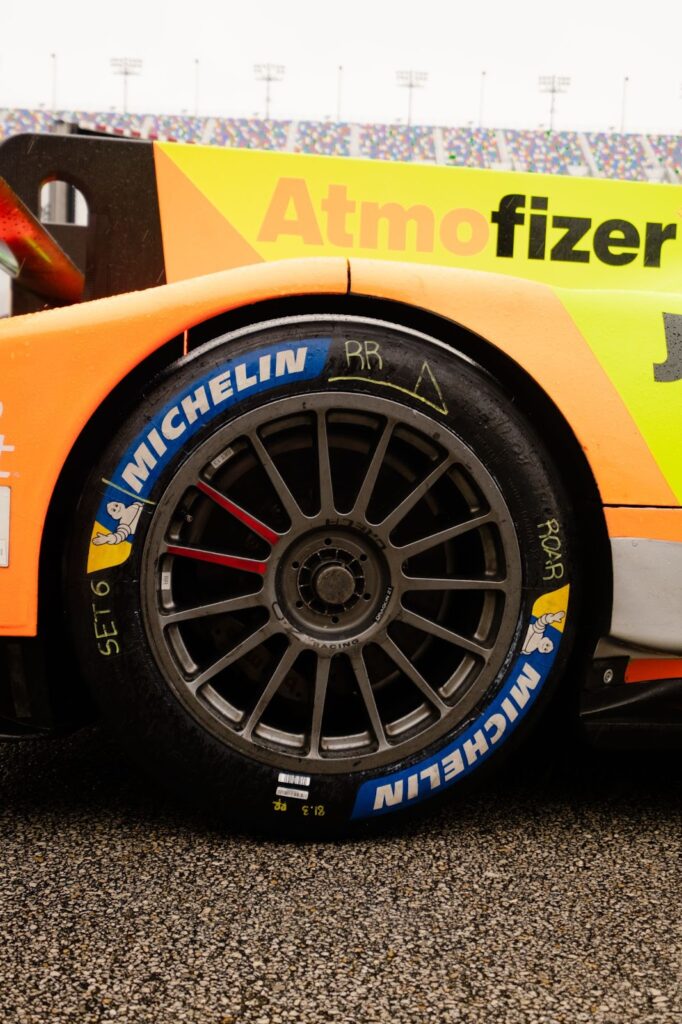
A. Ride Comfort
Bridgestone’s “ComfortCruise” technology features a specially designed sidewall that absorbs road imperfections, providing a smooth and comfortable ride. Michelin’s “Comfort Control Technology” minimizes vibrations and ensures a quiet and comfortable driving experience.
- The sidewall is engineered to absorb road imperfections, resulting in a smoother and more comfortable driving experience.
- Bridgestone’s commitment to comfort ensures that its tires provide a cushioned ride, minimizing the impact of bumps and uneven road surfaces.
- The technology utilizes advanced design and precision manufacturing processes to reduce vibrations, resulting in a smoother ride.
- Michelin’s tire engineering expertise prioritizes ride comfort, allowing drivers to enjoy a quiet and pleasant driving experience.
- Both Bridgestone and Michelin understand the importance of ride comfort and incorporate technologies that minimize vibrations and provide a comfortable driving experience, ensuring that drivers can enjoy their journey with reduced fatigue and increased satisfaction.
B. Road Noise
Bridgestone’s “Silent AC Block” technology reduces road noise by absorbing vibrations. Michelin’s “Noise Reduction Technology” minimizes road noise, resulting in a quiet and peaceful driving environment.
- The technology utilizes specially formulated rubber compounds and internal structures to dampen vibrations, resulting in a quieter driving experience.
- Bridgestone’s commitment to minimizing road noise ensures that its tires provide a more peaceful and enjoyable driving environment.
- The technology combines advanced tread patterns, specialized rubber compounds, and innovative design features to reduce noise levels.
- Michelin’s tire engineering expertise prioritizes reducing road noise, allowing drivers to experience a quieter and more comfortable ride.
- Both Bridgestone and Michelin recognize the importance of reducing road noise and incorporate technologies that minimize vibrations and noise levels, providing drivers with a quieter and more pleasant driving environment.
Price and Value for Money
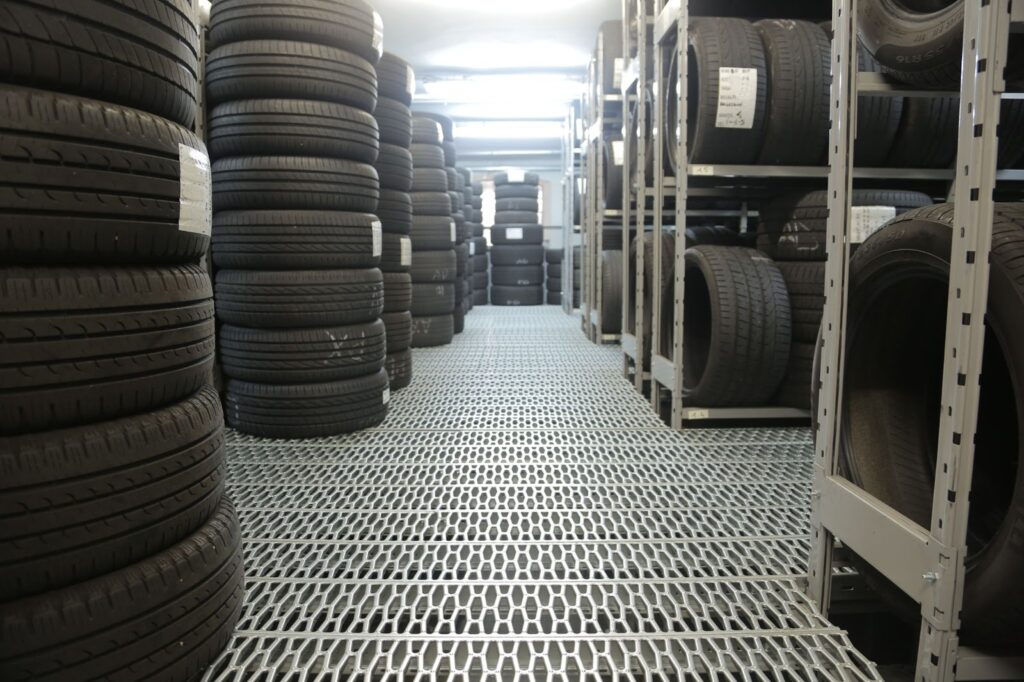
Bridgestone offers a wide range of tire options catering to different budgets.
Prices for Bridgestone tires typically range from Rs. 2,800 to Rs. 36,000 per tire.
Michelin tires are positioned as a premium brand.
Prices for Michelin tires generally range from Rs.3 226 to Rs. 45,299 per tire.
Bridgestone provides options for various budget ranges.
Michelin tires are known for their higher-end positioning and focus on advanced technology and performance. The specific tire model, size, and features will determine the exact price within the given range.
Consider your budget, desired performance, and specific requirements when choosing between Bridgestone and Michelin tires.
Environmental Impact
A. Fuel Efficiency
Bridgestone’s “FuelSaver” compound and tread design minimize rolling resistance, improving fuel efficiency and reducing carbon emissions. Michelin’s “EnergySaver” technology combines a low rolling resistance compound with an optimized tread pattern, delivering excellent fuel efficiency without compromising performance.
- This design feature helps improve fuel efficiency by reducing the energy required to move the tire.
- By reducing rolling resistance, Bridgestone tires help vehicles consume less fuel, resulting in lower fuel costs and reduced carbon emissions.
- Michelin achieves this by using a low rolling resistance compound in combination with an optimized tread pattern.
- The low rolling resistance compound reduces the amount of energy lost through heat generation, allowing the tire to roll more efficiently.
- The optimized tread pattern further enhances fuel efficiency by reducing air resistance and improving aerodynamics.
- Michelin’s EnergySaver technology helps drivers save on fuel expenses while maintaining excellent traction and handling performance.
- Both Bridgestone and Michelin tires offer fuel-efficient options that can contribute to reduced fuel consumption and environmental impact.
- When considering fuel efficiency, it’s important to choose the tire model and size that aligns with your vehicle’s specifications and driving needs.
B. Eco-Friendly Initiatives
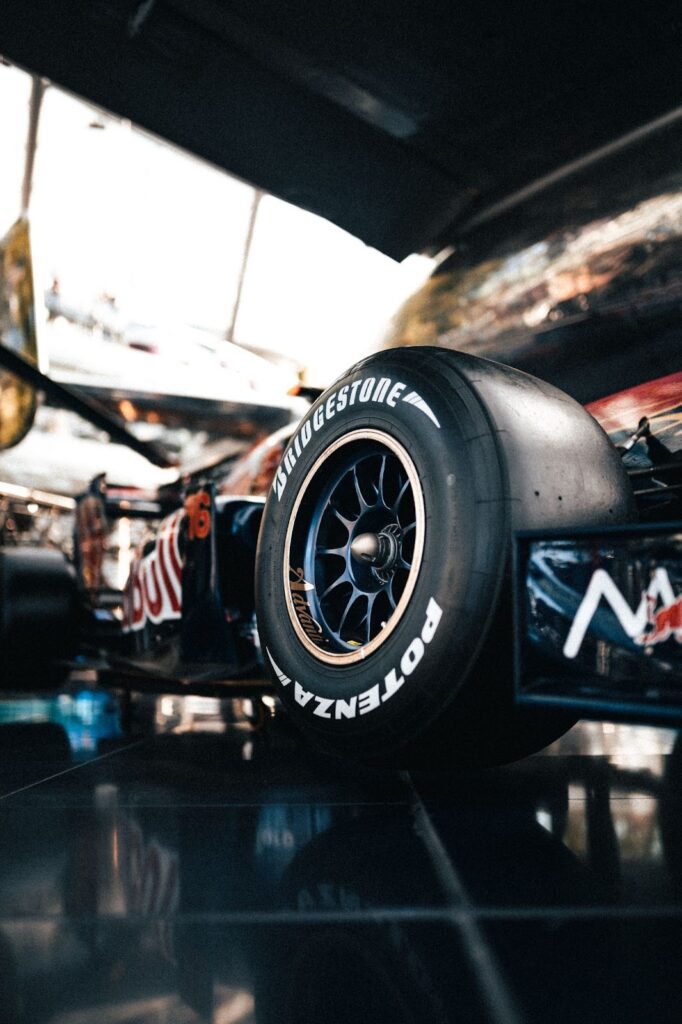
Bridgestone’s “One Team, One Planet” environmental initiative focuses on sustainable mobility and responsible manufacturing practices. Michelin’s “Michelin Earthmover Sustainability” program aims to reduce waste, improve resource management, and implement recycling initiatives.
- The initiative focuses on three main areas: reducing CO2 emissions, conserving resources, and promoting recycling and waste reduction.
- Bridgestone has implemented various measures to reduce its environmental impact, such as developing eco-friendly tire technologies and utilizing renewable resources in tire manufacturing.
- The company also promotes fuel-efficient driving practices and advocates for sustainable transportation solutions.
- The program emphasizes waste reduction, resource management, and recycling initiatives.
- Michelin actively works towards reducing energy consumption and carbon emissions throughout its production processes.
- The company also promotes the use of renewable materials and implements strategies to minimize waste generation.
- Michelin’s commitment to eco-friendly initiatives extends beyond manufacturing, as they actively collaborate with partners and stakeholders to foster sustainable practices across the industry.
- Both Bridgestone and Michelin demonstrate their dedication to environmental sustainability through their respective initiatives, contributing to a greener and more sustainable future.
Frequently Asked Questions (FAQs)
Are Bridgestone tires more suitable for off-road driving?
Both Bridgestone and Michelin offer tires suitable for off-road driving. It is important to consider specific tire models and their features to determine their suitability for your off-road needs.
How do Bridgestone and Michelin tires compare in terms of winter performance?
Both Bridgestone and Michelin offer winter tires designed to excel in snowy and icy conditions. Evaluating specific tire models, their winter ratings, and expert recommendations can help you make an informed decision.
Can I mix Bridgestone and Michelin tires on my vehicle?
While it is generally recommended to use the same brand and model of tires on all four wheels, it is possible to mix Bridgestone and Michelin tires. It is essential to ensure that the tires have similar characteristics, such as size, load rating, and speed rating, for a balanced and safe driving experience.
What are the recommended tire maintenance practices for Bridgestone and Michelin tires?
Regularly check tire pressure, inspect for wear and damage, rotate tires as recommended, perform wheel alignments, and keep tires clean from debris to maximize their lifespan and performance.
Which tire brand offers better support and customer service?
Both Bridgestone and Michelin have established reputations for quality and customer support. Local dealerships, customer reviews, and personal recommendations can provide insights into the support and customer service offered in your area.
Conclusion
In conclusion, Bridgestone and Michelin are renowned tire manufacturers offering high-quality tires with distinct features and performance characteristics.
By considering factors such as traction, braking, handling, durability, comfort, price, and environmental impact, you can make an informed decision based on your specific needs and preferences.
Remember to prioritize safety, longevity, fuel efficiency, and other relevant factors when selecting between Bridgestone and Michelin tires. Choose the right tires, and enjoy a confident and comfortable driving experience.
